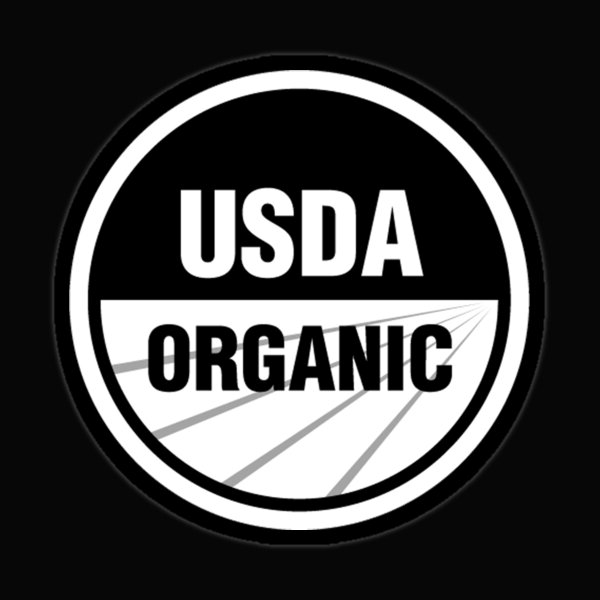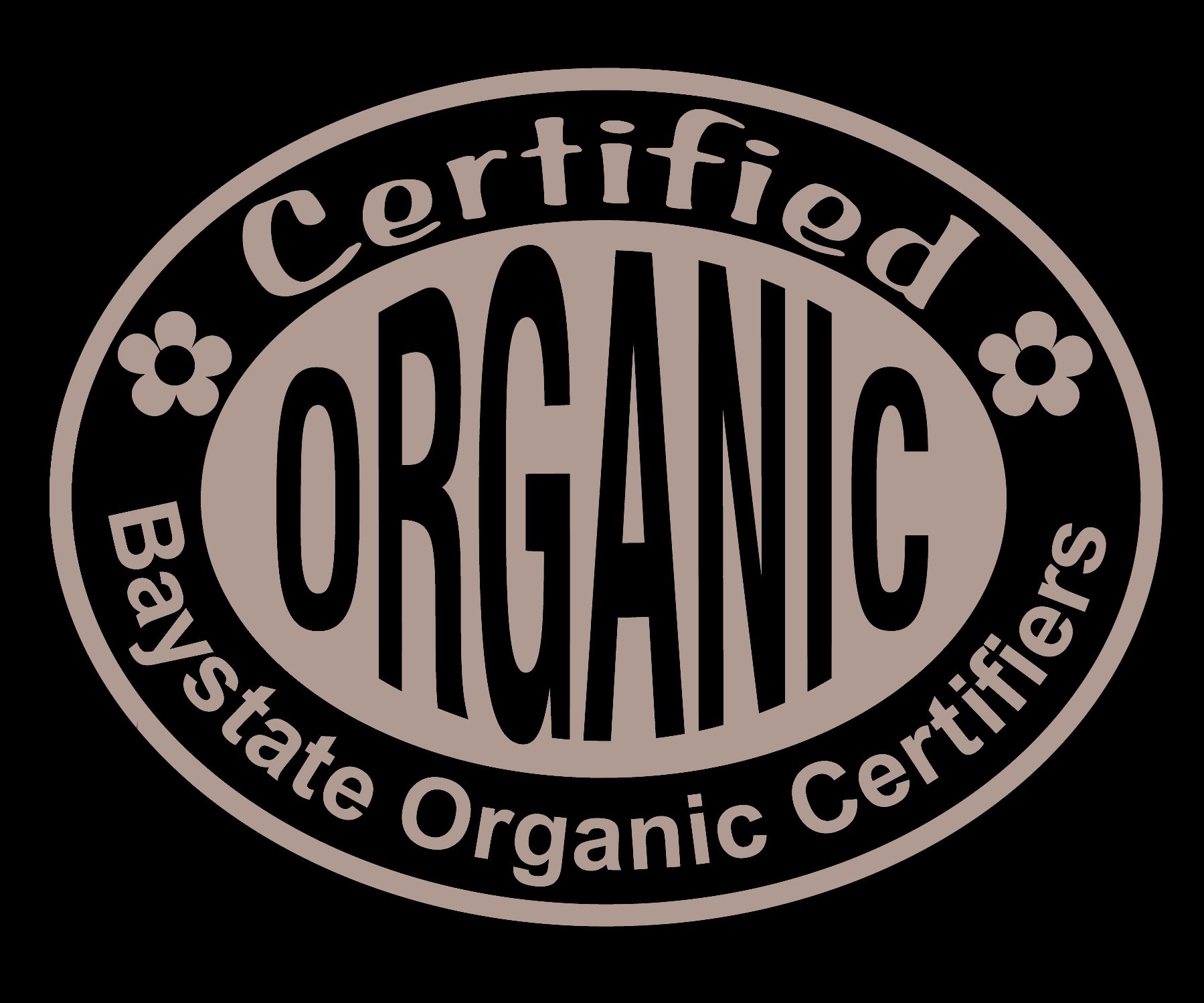The end of the year and this growing season is on the horizon now. We’ve seen frost on the ground. Fresh flowers are over for the season. Dried flowers made their debut at the market. We’re leaning more into the harvest of storage kohlrabi, rutabaga, and celery root as the growth of our greens slows.
Although the harvest list shortens each week, November brings a flurry of activity in preparation for next season. In the past few weeks, we:
Planted and mulched 500 bed feet of garlic for 2025 (200 more feet than last year!)
Constructed a raised bed for the spring tulips and planted 7,000 bulbs in 11 varieties
Started digging endive roots to store and re-grow in March (see the April 2022 blog post)
Dug, divided, and stored 1,000+ dahlia tubers for sale and replanting next year
We’re already looking ahead to 2025, teeing up infrastructure improvements on the farm and organizing our notes on each crop as we head into seed catalog season. In what feels like a moment of instability in the world, we find ourselves more committed than ever to the work of building a resilient, regional and deeply-rooted food system here in our community.
And yet, even this locally focused work is deeply entwined with the larger world, so we wanted to take a moment to highlight a few ways in which potential changes to federal policy could affect the farm. We don't have as many touch points with the federal government as large, industrial farms do; however, there are a few particularly impactful federal services and programs that we are keeping tabs on.
The National Resources Conservation Service (NRCS), a part of the USDA, provides some of the most meaningful federal funds to our farm and others like us. NRCS funded several of the high tunnels at Four Root Farm and has done so for many farmers in the region. High tunnels make farmers more resilient in the face of climate change and allow for season extension into colder months. (See the July 2024 blog post for more).
The underground drainage pipes and new gravel road will help prevent erosion on the farm.
Over the summer, we also received a NRCS grant to improve the drainage around our high tunnels. We dug trenches on either side of our tunnels and added perforated pipes to drain excess water away from the fields to a new pond. We added a gravel road in front of the tunnel doors – an area of high traffic for our farm vehicles. These improvements will prevent erosion and reduce the need for outside materials to be brought onto the farm.
We also receive incentive payments from the USDA to assist with some of the work we do to improve the ecosystem of the farm and to support our Organic growing practices. This helps keep our business viable in the face of constant price pressure from agri-businesses that depend on externalized costs to keep their prices low. NRCS provides incentives for cover crop seed and mulching, which preserve the health of the soil, and the Farm Service Agency helps offset the cost of maintaining our Organic Certification every year.
On the retail side of the business, the federal government also provides funds for the Farmer’s Market Nutrition Program (FMNP). The program provides money to seniors and folks using food assistance specifically for buying fruits, vegetables, and other agricultural products at farmers’ markets. We applaud this program for making our vegetables more accessible to people who may otherwise opt for cheaper food from a big-box grocery store. We would love to see FMNP continue and even grow.
Moonrise over one of the final Madison markets of 2024.
Fortunately, no matter what happens at the national level, we have a strong local community of farmers, producers, educators, businesses, and non-profit organizations in this state dedicated to improving the regional food system. As we look ahead to 2025, our broad plan remains the same. Keep growing the highest quality food and flowers, and continue working with our community to make these products accessible to as many people as possible.







